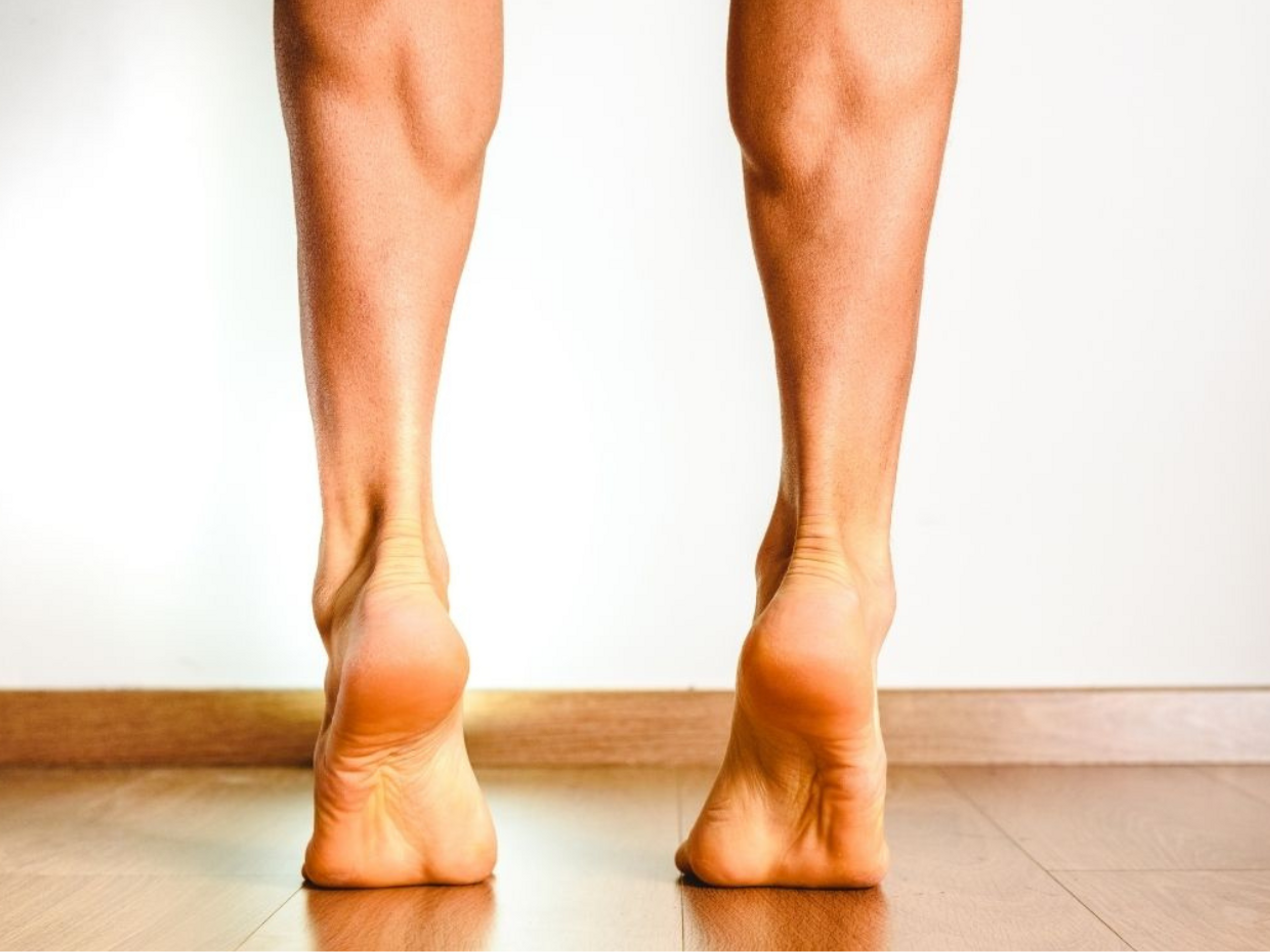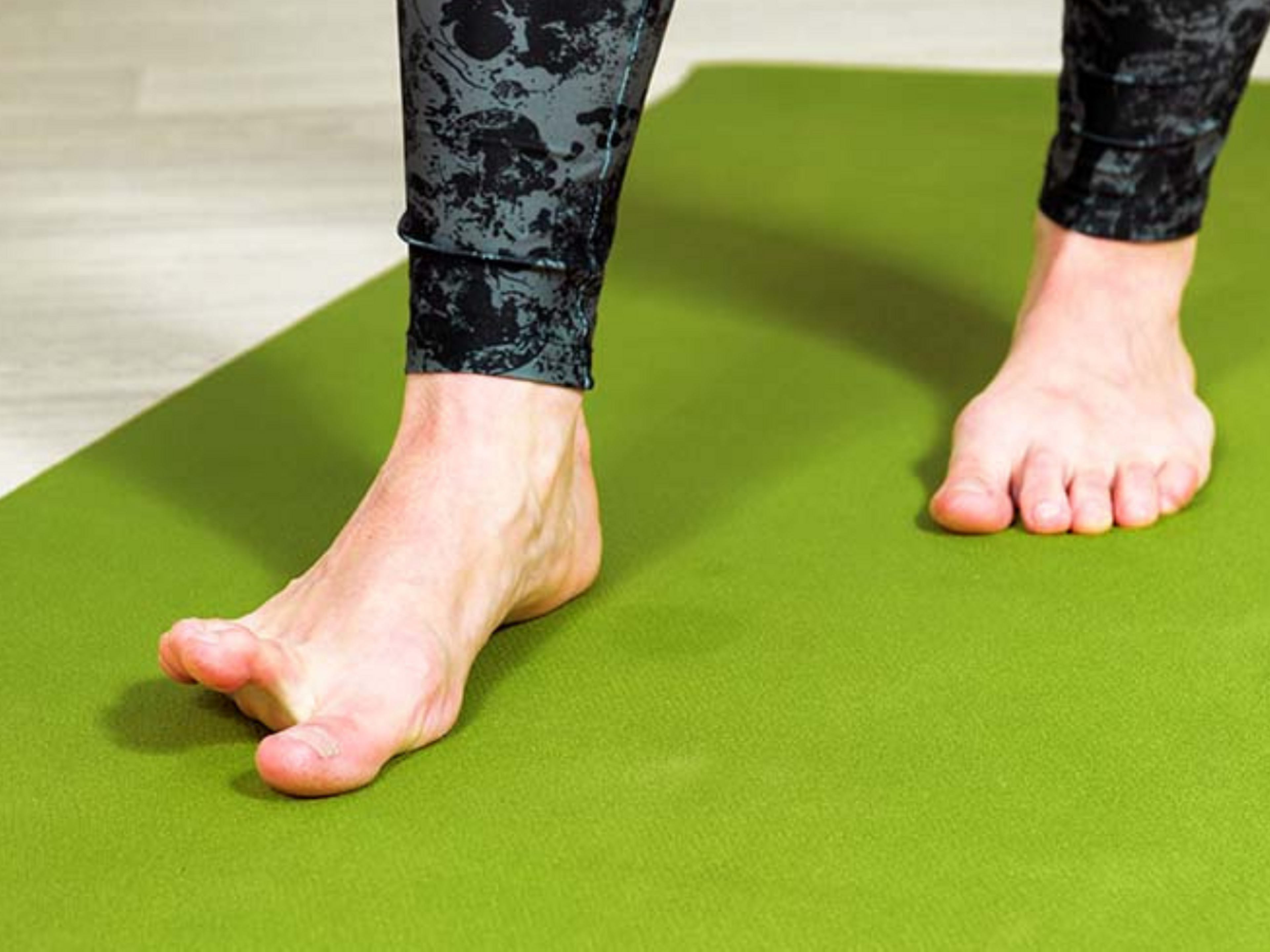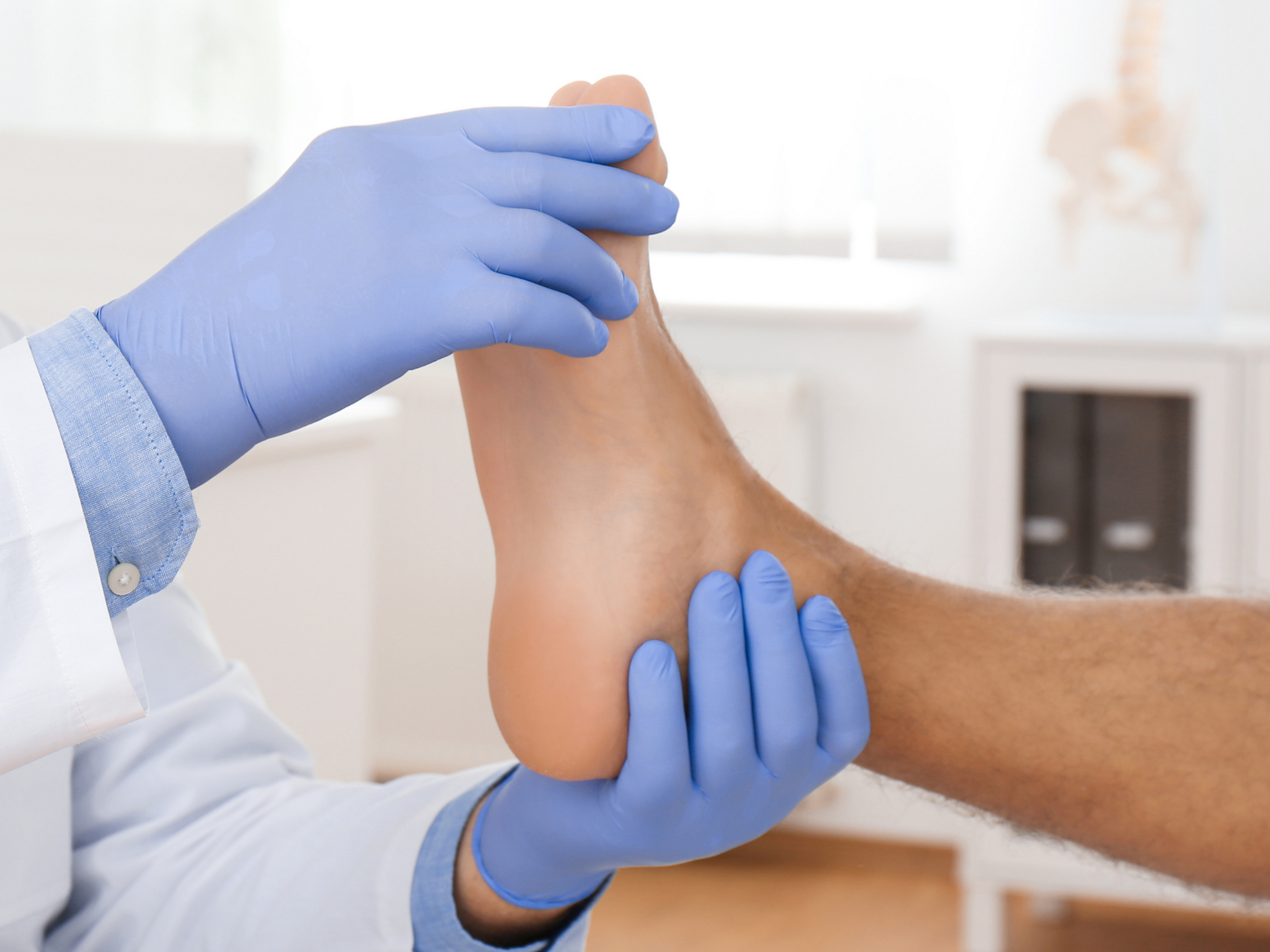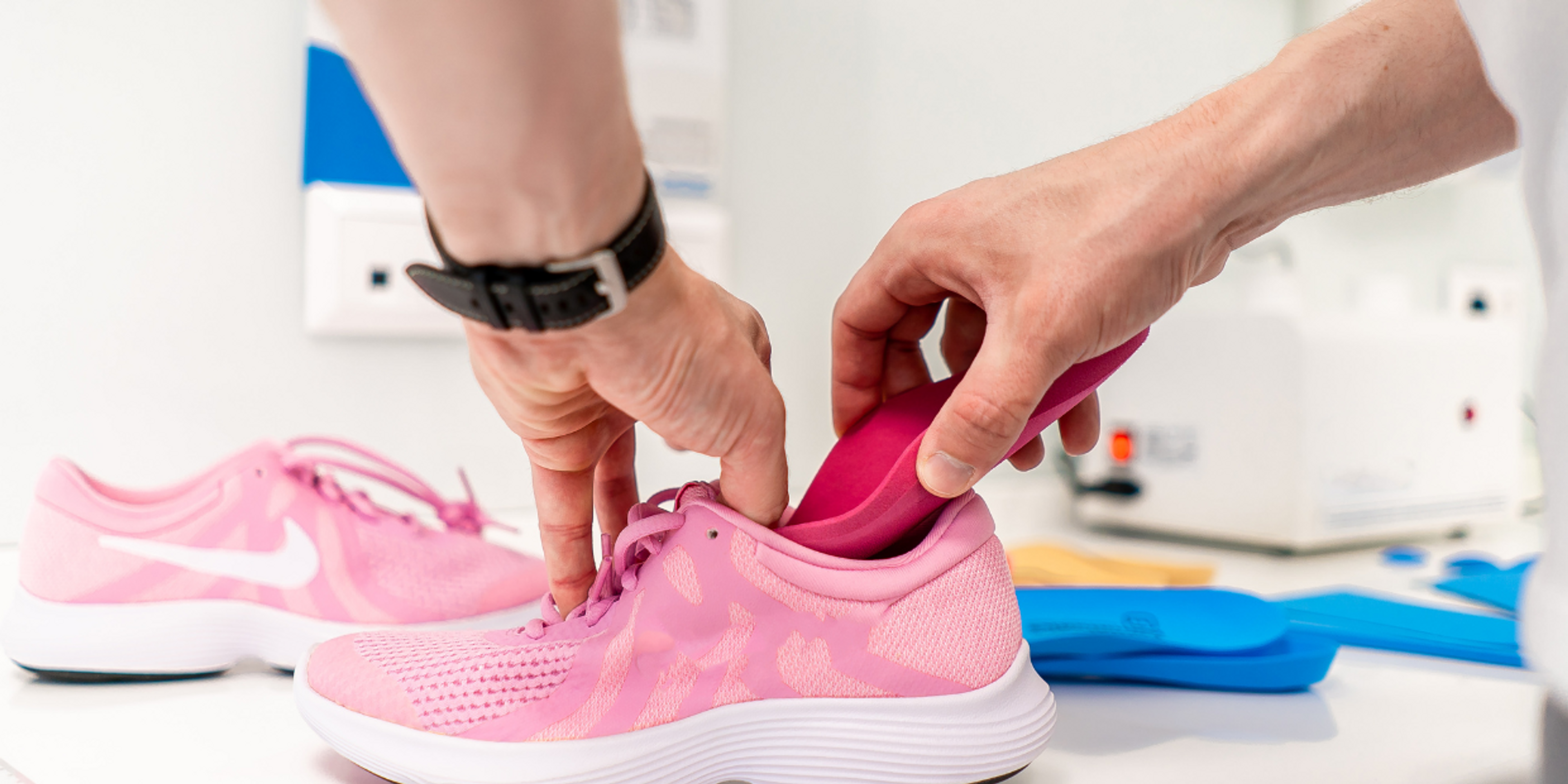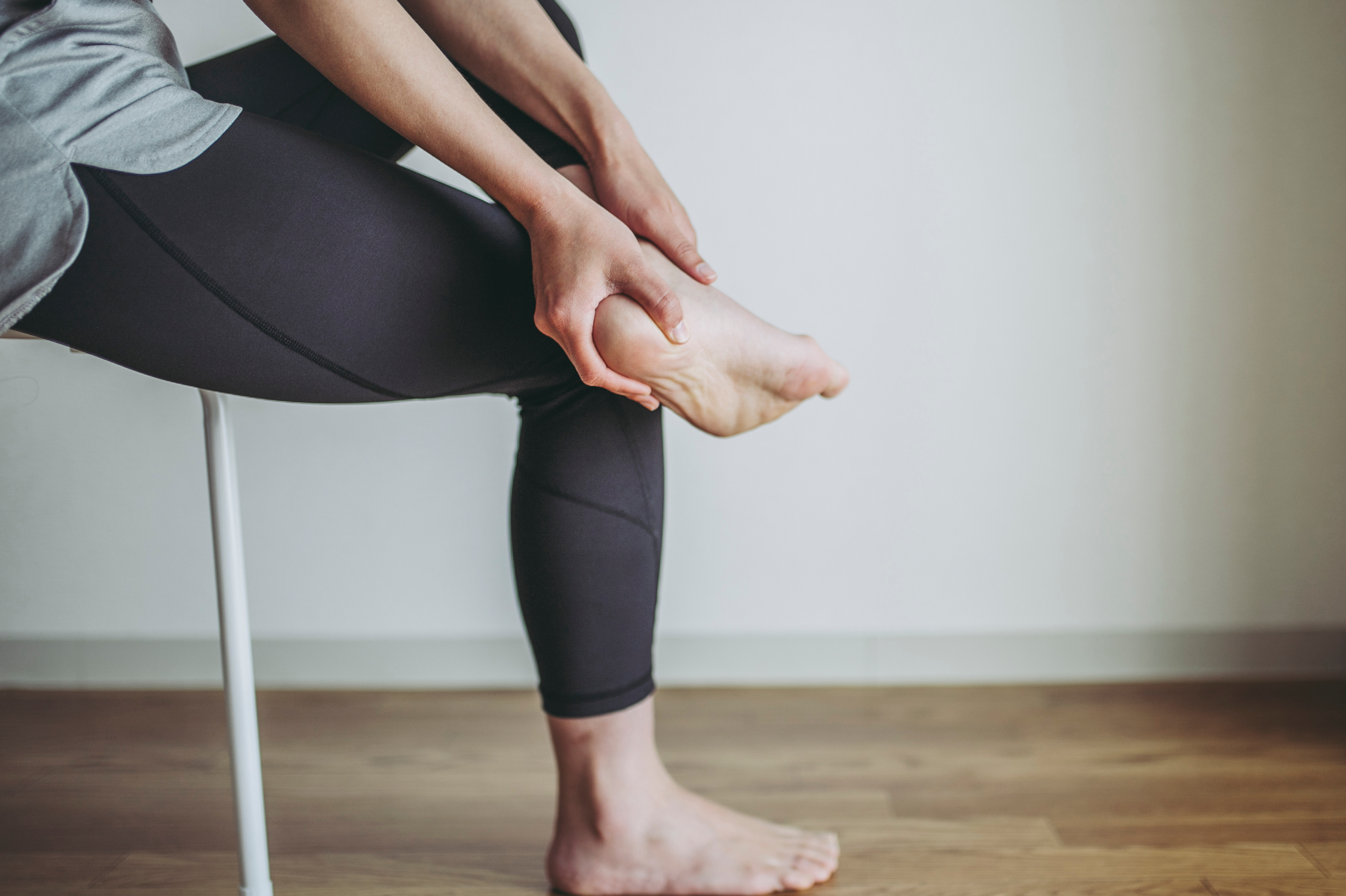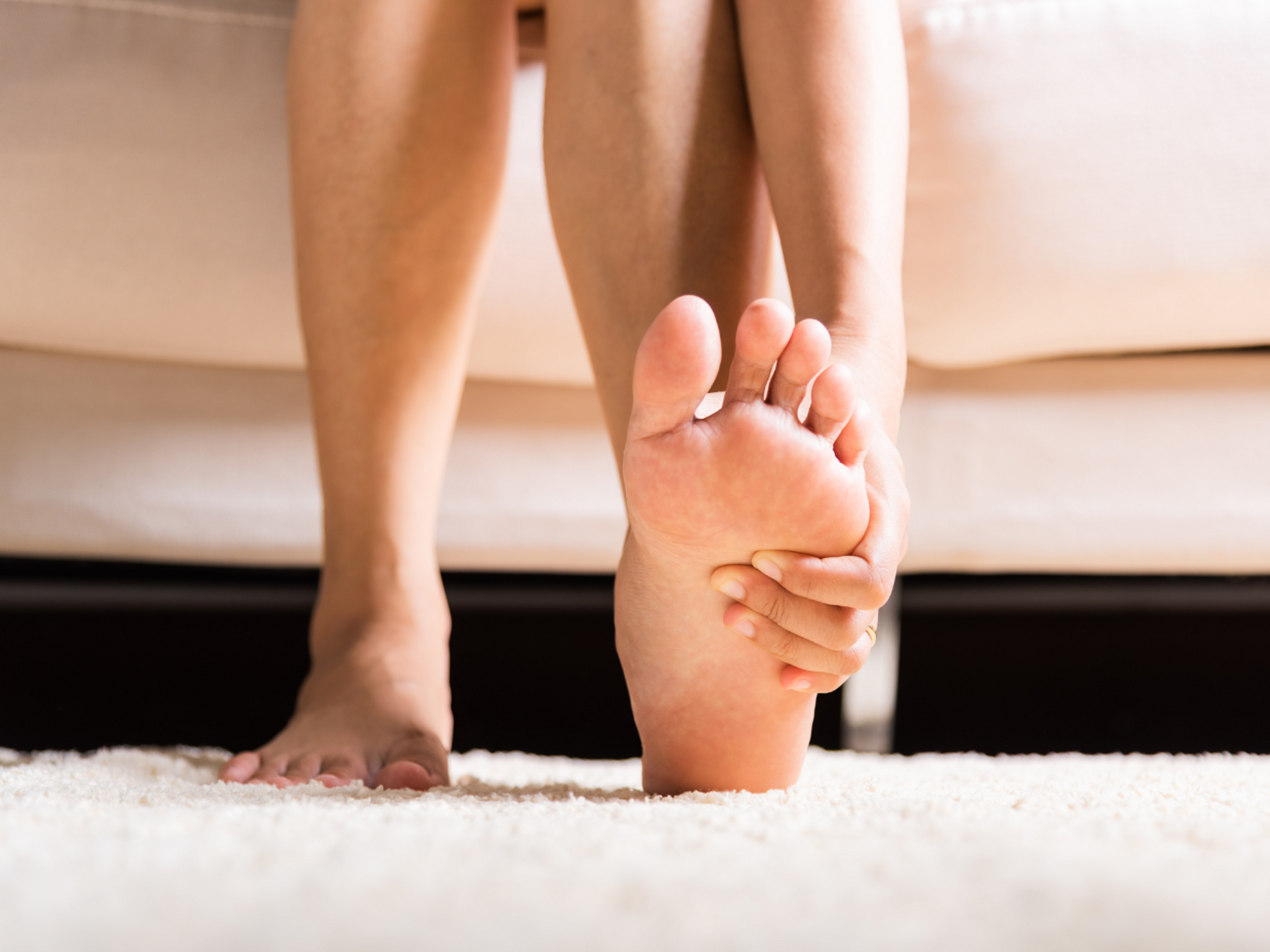Hip exercises for Plantar Fasciitis: How they can help your heel pain
If you’re suffering from this often infuriatingly frustrating injury, you’ve probably read almost every blog post about it. You might also have tried most of the popular remedies out there, like stretching the plantar fascia. But you are still in pain.
Most plantar fasciitis treatment programs focus only on stretching and strengthening the calves and plantar fascia itself. Of course, this is important, but it’s only part of the picture.
An often-overlooked component to plantar fasciitis recovery is targeted hip and leg exercises that correct your body alignment and reduce the strain on the plantar fascia.
Let’s take a look at this in more detail.
Why should you do hip and leg exercises for plantar fasciitis?
There are two primary components of movement that help keep you injury-free:
- Your kinetic chain
- Your body alignment
What is your kinetic chain?
Think of your body as a series of interconnected and corresponding links formed by your muscles, tendons, and bones.
We call this your kinetic chain. It runs from your feet up through your legs, hips, spine, and, finally, your shoulders, neck, and head.
These links work together to manage forces in your body and create and support your movement.
What is body alignment?
Body alignment is how the parts of your body in your kinetic chain are ‘stacked’ or positioned relative to each other.
How do your kinetic chain and body alignment relate to injury?
When your body is well-aligned, forces can flow freely from one link to the next along the kinetic chain. As a result, movement happens effortlessly and without restriction.
However, suppose a link in your kinetic chain is not aligned well or strong enough for the task. In that case, it can lead to injury, either due to a pooling of forces in that area or redirecting forces into another area not designed to take repetitive loading. Both can result in tissue overload and strain.
Often, this is how plantar fasciitis develops.
The hip-plantar fasciitis link
What do your hips have to do with plantar fasciitis?
The muscles around your hips and pelvis control your hip alignment.
Suppose your hip muscles are weak, tight, or lacking control. In this instance, you will lose control of your hip alignment, and your leg may turn inward excessively.
With your leg rotated inwards, your foot follows and turns in excessively (overpronate) to adapt to this force, your arch flattens, and your plantar fascia pulls taut.
In this example, your hip’s poor alignment, disturbs the kinetic chain in your leg. This causes your leg to absorb less of the force. When forces eventually reach your foot, your plantar fascia takes on much more load than usual.
Now, this is okay as a one-off every so often because a healthy foot arch and plantar fascia have good rebound capabilities. However, plantar fasciitis is a genuine risk if this situation becomes your new normal.
So, how do you stop overloading your plantar fascia? One way is with targeted strengthening exercises of your legs and hips.
The best hip exercises for plantar fasciitis
Goals of hip exercises
Keeping the hip-plantar fascia link in mind, your hip exercises should:
- Improve your hip and leg alignment
- Increase the shock absorption capacity of your legs
- Teach better movement patterns while running
To help you achieve these goals, research has shown that you should do exercises that target your core muscles, gluteals, thigh muscles, hamstrings, and calves.
When your hips and legs are more robust, they take some of the load off your plantar fascia, which can help it heal and protect you from future injury.
The hip exercises you select should help you achieve the specific goals of each phase of rehab. Where you start will depend on the severity of your injury, how long you’ve had symptoms, and your baseline strength.
We designed the Exakt Health App to help you through every phase of your recovery. First, it starts you off with gentle exercises and assesses your progress. Then, it sets specific tests for you to pass and targets to reach before you can safely progress to the next stage of your rehab.
Hip exercises for early rehab
This phase focuses on settling down your injury, decreasing your pain, and reducing any immediate strain on your plantar fascia.
You can begin with hip and leg exercises that build strength and control while working in positions that keep high loads off your painful foot.
Examples of exercises that work really well during this phase include:
Hip exercises for the middle phase of rehab
Once your foot pain has settled and your plantar fascia has gained some strength, it’s time to progress.
Introduce hip exercises with slightly higher loads in functional positions and increase this load as your foot recovers. Examples of hip and leg exercises that work well during this phase include:
Hip exercises for late rehab
If you want to get back to running and jumping activities, this is the time to add in exercises that resemble the forces your hips, legs and feet encounter when you do those sports.
They develop the explosive strength in your glutes, hamstrings, quads, and foot muscles. It also teaches you good movement patterns during fast movements.
It's crucial that you fully restore your plantar fascia's strength before you start these exercises and your rehab plan should slowly build up to this point.
Return to running
The main goals in this phase are starting a return to running program and regaining your pre-injury running endurance.
Focus on your running style and form. We’ll discuss running form and it’s link to plantar fasciitis in more detail in a future article.
When you first ease back into running, you should view running as strength training. Start with very small volumes and build it up over time.
Using a run-walk program can be a brilliant way to get you safely back to running. We’ve included one in the plantar fasciitis treatment plan in the Exakt Health app.
Getting the most from your strengthening program
Finding lasting relief from plantar fasciitis
Is it possible to find permanent relief from plantar fasciitis?
Yes, absolutely.
The key to plantar fasciitis recovery lies in a multi-faceted rehab plan, combining the correct amount of rest and exercises for all the areas that may be contributing to it.
You can find a detailed discussion with examples of other evidence-based treatments for plantar fasciitis here.
The Exakt Health app also offers personalized guidance and evidence-based tips for smoothly and effectively managing plantar fasciitis. You can start using it at any stage of your recovery, and the app will adjust to your current condition, helping you progress towards a full return to sports.

